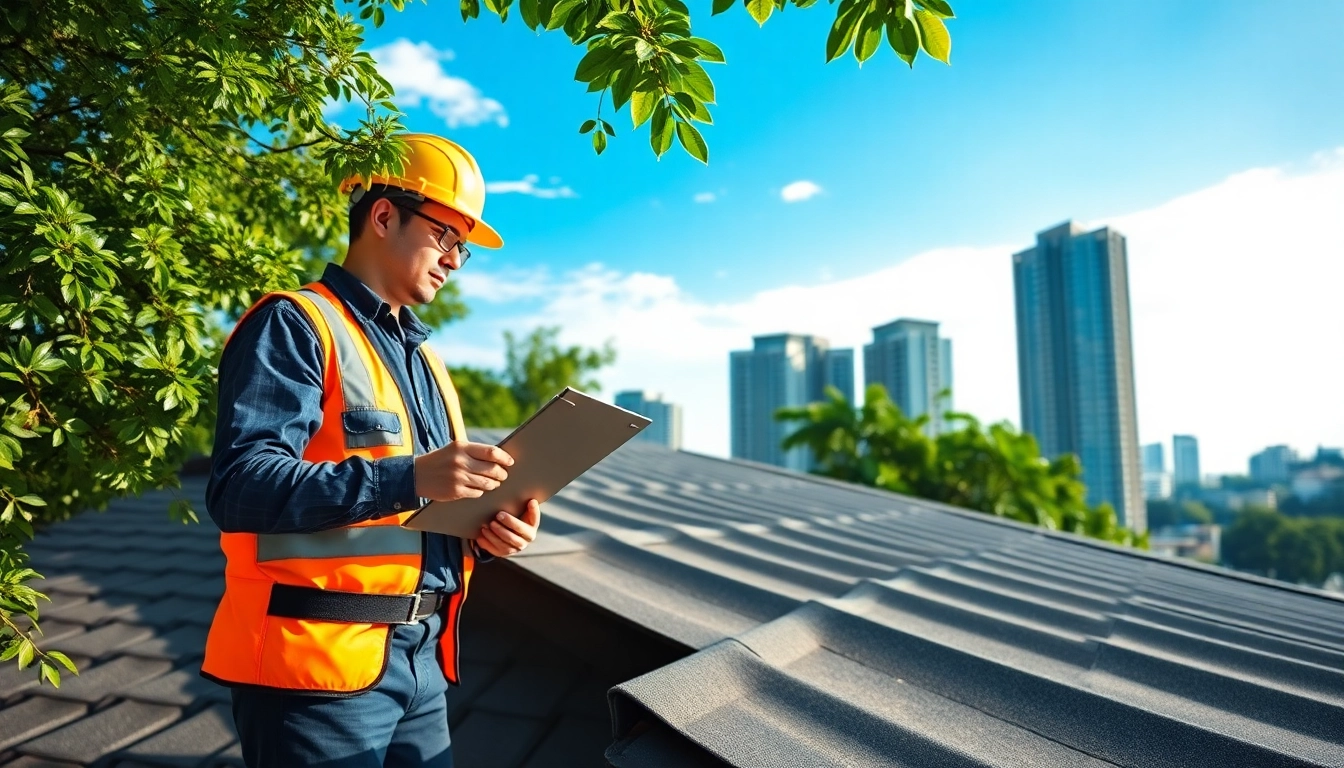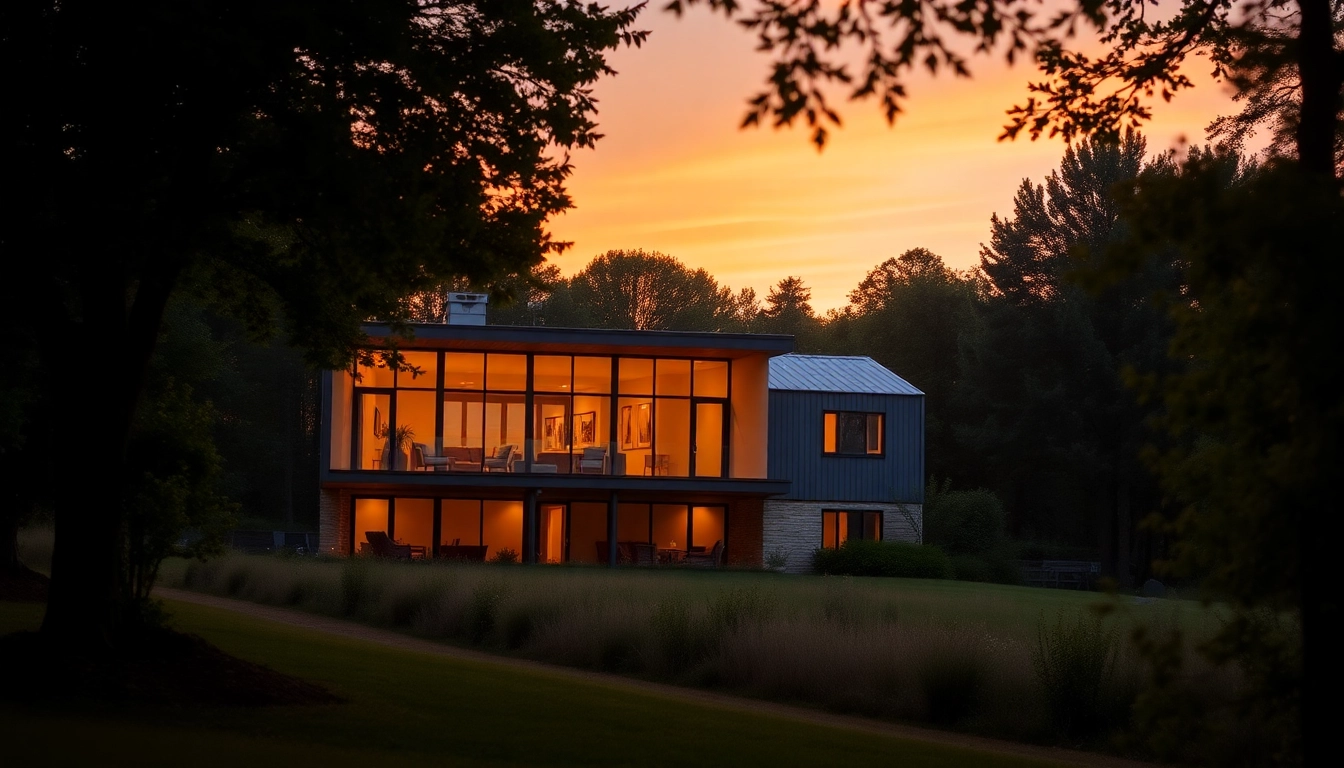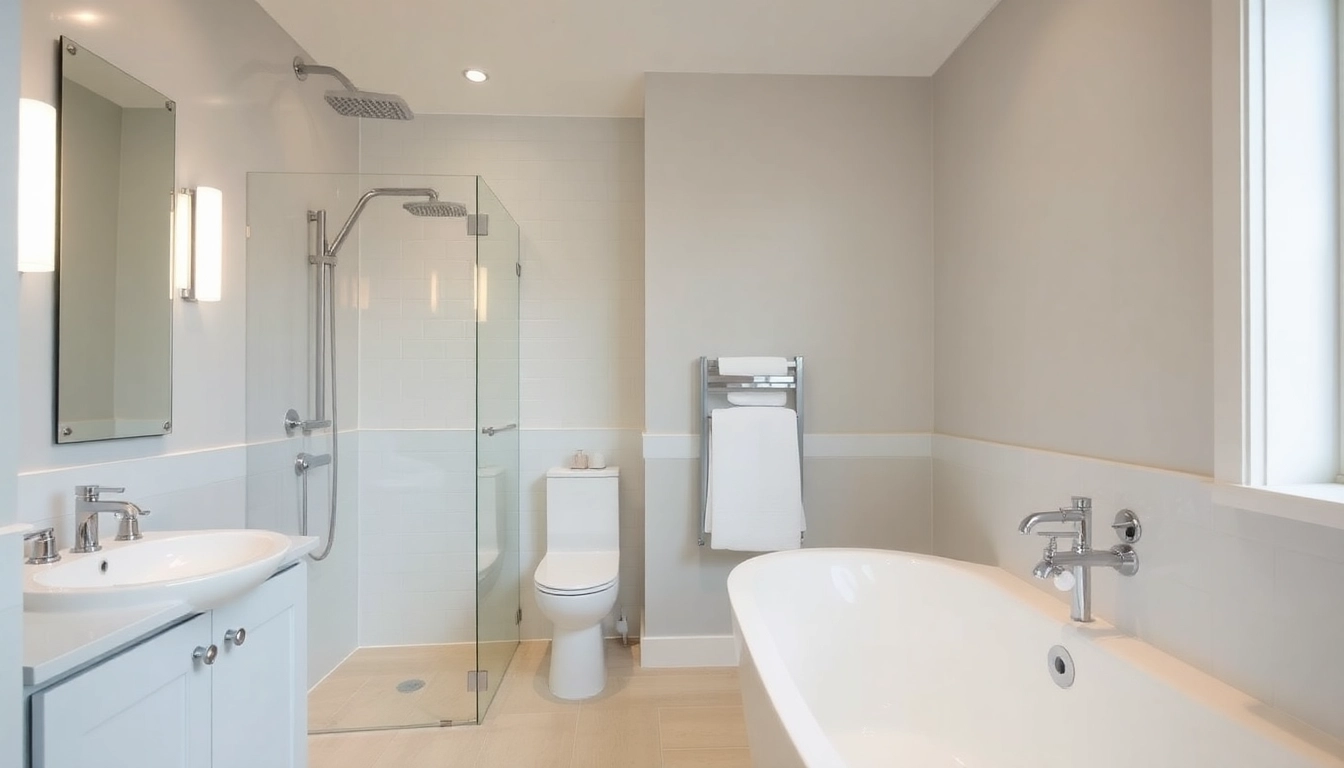Understanding the Roofing Landscape in Singapore
In the vibrant and bustling city-state of Singapore, the roofing landscape is characterized by a rich tapestry of materials, regulations, and innovations tailored to the unique climate and urban environment. With tropical rain, high humidity, and variable temperatures, choosing the right roofing solution is essential for both visual appeal and functional integrity. Understanding the local roofing materials in use, key players in the industry, and the regulations governing construction are critical for homeowners, builders, and commercial property managers. For a thorough exploration of your options, refer to resources on Roofing Singapore to gain insight into quality solutions.
Overview of Roofing Materials Used
Roofing materials in Singapore vary significantly based on the architectural style, climate resilience, and budget considerations. Common materials include:
- Concrete Tiles: Known for their durability and thermal resistance, concrete tiles are a popular choice for both residential and commercial buildings.
- Metal Roofing: Lightweight and highly durable, metal roofs are resistant to harsh weather conditions, making them suitable for Singapore’s tropical climate.
- Asphalt Shingles: Though less common, they offer versatility and can be cost-effective depending on the installation.
- Green Roofing: Increasingly popular for its sustainability benefits, green roofs provide insulation and improve air quality while promoting biodiversity.
- Slate and Natural Stone: While typically more expensive, these materials offer aesthetic appeal and longevity.
Key Players in the Roofing Industry
The roofing industry in Singapore comprises a diverse range of entities, including manufacturers, suppliers, contractors, and consultants:
- Manufacturers: Local and international firms produce roofing materials adapted to Singapore’s climate, focusing on innovation and sustainability.
- Contractors: Skilled contractors play a crucial role in installation, ensuring compliance with safety standards and building regulations.
- Suppliers: They provide essential materials and components necessary for roofing projects, often being integral in product selection based on client needs.
- Consultants: Offering expertise in project planning and compliance, consultants help navigate the complexities of regulatory requirements.
Regulations and Standards for Roofing in Singapore
Regulatory compliance is imperative in the roofing industry to guarantee safety and reliability. The Building and Construction Authority (BCA) of Singapore establishes multiple standards, including:
- Building Code: This code outlines safety requirements, performance standards, and structural integrity benchmarks.
- Fire Codes: Ensuring the materials used resist fire is paramount, particularly in high-density urban settings.
- Environmental Regulations: Sustainable practices are encouraged, promoting the use of materials and designs that reduce ecological footprints.
Common Roofing Challenges in Singapore
Impact of Weather on Roofing Durability
Singapore’s weather poses numerous challenges to roofing durability. Intense rainfall can lead to water pooling, while high humidity contributes to mold and algae growth. These factors necessitate robust design and material selection:
- Implementing proper drainage design to Prevent water accumulation.
- Utilizing mold-resistant materials to ensure longevity.
- Regular inspections after heavy rains to identify and address damage early.
Identifying Common Roofing Issues
Property owners should be vigilant in identifying common roofing issues before they escalate. Typical problems include:
- Leaks: Often caused by improper installation or deteriorated materials.
- Ponding Water: Results from poor drainage, leading to material degradation.
- Mold and Mildew: A direct consequence of high humidity and insufficient ventilation.
Cost-Effective Solutions for Maintenance
Regular maintenance is essential to extend roofing life. Cost-effective solutions include:
- Routine Inspections: Periodic checks can catch issues early, preventing costly repairs.
- Cleaning: Regular removal of debris ensures drainage systems function correctly and prevents water pooling.
- Emergency Repairs: Quickly addressing small damage can prevent larger investments down the line.
Best Practices for Roofing Installation
Choosing the Right Roofing Contractor
Selecting a qualified roofing contractor is critical for successful installation. Key considerations include:
- Experience: Look for contractors with a solid portfolio and positive client feedback.
- Certifications: Ensure they are licensed and adhere to local standards and regulations.
- Warranty: A good contractor offers a warranty on both materials used and workmanship.
Steps for a Successful Installation
Successful roofing installation involves careful planning and execution:
- Conduct a site assessment to understand specific needs and challenges.
- Select appropriate materials based on budget, aesthetics, and durability.
- Follow a detailed installation timeline that outlines each phase of the project.
- Implement safety protocols during installation to protect workers and property.
- Complete a final inspection to ensure compliance with regulatory codes.
Post-Installation Inspections and Maintenance
After installation, it is vital to maintain the roof to ensure long-term performance. Recommended practices include:
- Conduct an initial post-installation inspection to identify any immediate issues.
- Establish a routine maintenance schedule to clean and inspect the roof regularly.
- Document all maintenance work and inspections to track the roof’s performance over time.
Innovative Roofing Technologies and Trends
Green Roofing Solutions and Sustainability
Green roofs have emerged as a vital component of sustainable buildings in Singapore. Benefits include:
- Improved insulation: Green roofs provide natural insulation, reducing heating and cooling costs.
- Stormwater management: They help absorb rainwater, mitigating flooding and drainage issues.
- Biodiversity promotion: By incorporating plants, they create habitats for local wildlife.
Technological Advancements in Roofing
Innovation plays a significant role in enhancing roofing performance. Recent advancements include:
- Solar Roofs: Integrating solar panels into roofing materials promotes energy efficiency.
- Smart Roofing: Technology-enabled roofs with sensors that monitor environmental conditions and alert for needed maintenance.
- Advanced Coatings: Protective coatings that enhance roof longevity and reflectivity.
Trends Affecting Roofing Design in Singapore
Modern roofing design trends focus on aesthetics, functionality, and sustainability. Notable trends include:
- Minimalist Designs: Clean lines and simple shapes are favored in contemporary architecture.
- Mixed Materials: Combining different materials to achieve unique aesthetic effects.
- Modular Roofing: Utilizing pre-fabricated components for faster, more efficient installation.
Evaluating Roofing Performance and Longevity
Metrics for Assessing Roofing Quality
To ensure roofs meet expected performance levels, evaluating quality through defined metrics is essential. Key performance indicators include:
- Durability: How well the roofing material withstands local weather conditions.
- Insulation Value: The efficiency of the roof in retaining heat or coolness.
- Maintenance Requirements: The frequency and extent of maintenance needed over time.
Warranty and Lifespan of Roofing Solutions
Understanding warranty details and lifespan is paramount when investing in roofing. Common factors include:
- Material Lifespan: Manufacturers typically provide estimates for how long materials will last under normal conditions.
- Warranty Terms: Distinctions between labor warranties and material warranties.
- Transferability: Consider if warranties can be transferred to new owners if selling the property.
When to Consider a Replacement or Upgrade
Recognizing when to replace or upgrade your roofing system is crucial. Signs to watch for include:
- Significant aging: Materials approaching or exceeding their expected lifespan.
- Persistent leaks: Chronic leaks that indicate severe underlying problems.
- Evolving needs: Changes in environmental conditions or building use that require more resilient solutions.



